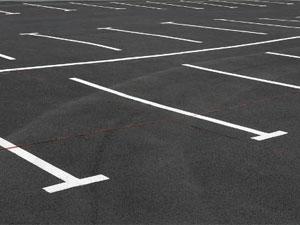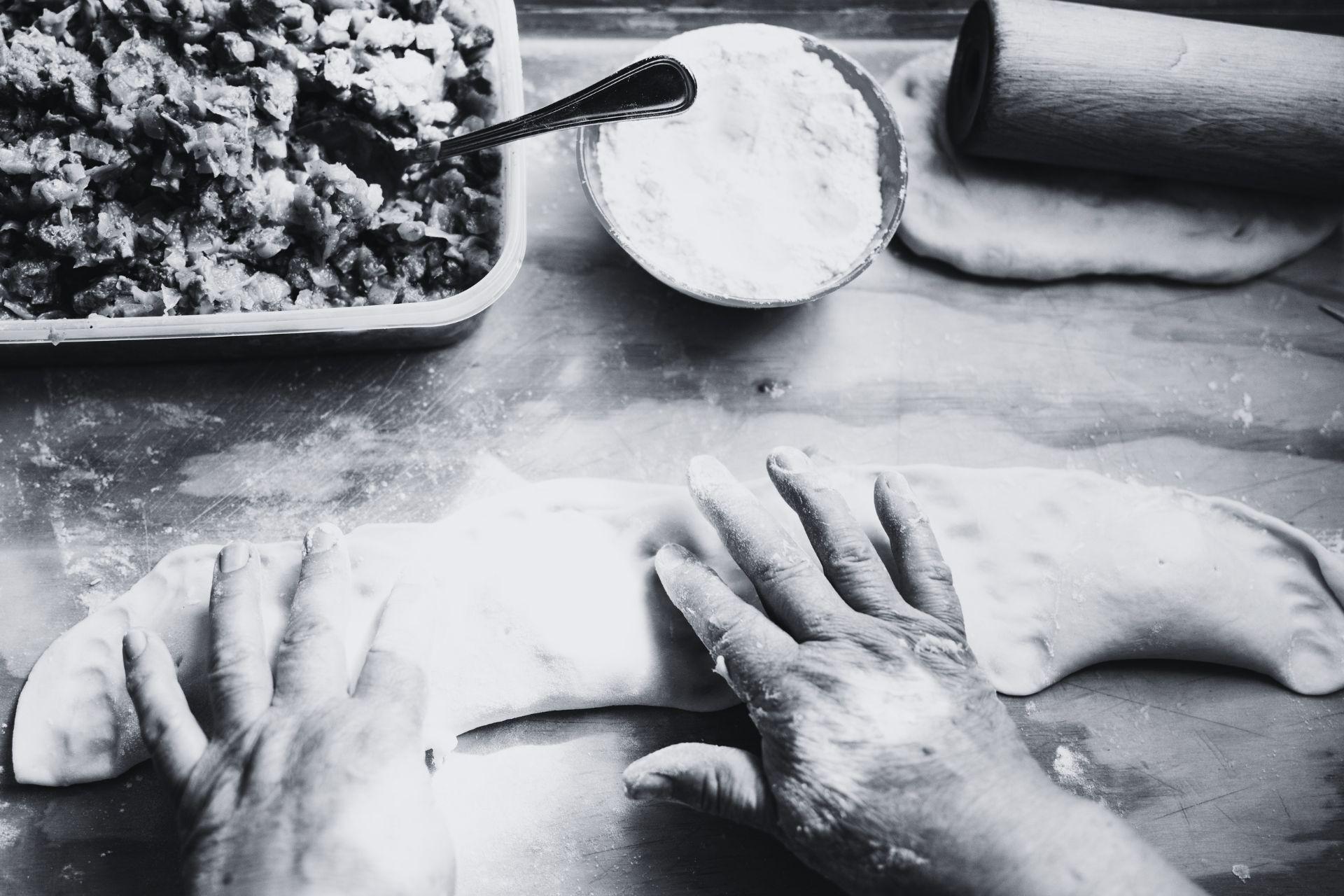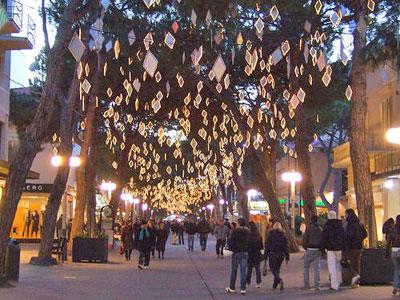La piadina romagnolaor simply 'piada', is one of the most iconic symbols of Romagna cuisine, recognised the world over for its simplicity and unmistakable flavour. Protagonist of quick lunches, informal dinners or quality street food, the piadina tells a story of tradition and love for raw materials.
Origins and history
The origins of piadina date back to ancient times, probably to Etruscan and Roman times, when people prepared unleavened flatbreads baked on stones or tiles. Over the centuries, piadina has become a staple of the peasant diet, a simple bread to prepare at home with a few easily available ingredients.
The cultural importance of piadina is such that Giovanni Pascoli called it 'the bread, indeed the national food of the people of Romagna'. Today, it is recognised as Traditional Italian Food Product and, in its most widespread variants, as Piadina Romagnola PGI e Piadina Romagnola IGP alla Riminese.
Ingredients and preparation
The traditional piadina recipe consists of just a few ingredients:
- Wheat flour
- Strutto (although olive oil is often used today for a lighter version)
- Water
- Halls
- Sodium bicarbonate or non-vanilla chemical baking powder
The dough is kneaded by hand until smooth and homogenous, then rolled out with a rolling pin to a variable thickness: more often in the Cesena and Forlì area, thinner in the Rimini area. The piadina is then baked on a cast-iron pan, called textor on a plate.
The Piadina today: tradition and innovation
Besides being served in its classic form, the piadina has become a versatile base for a variety of preparations. Traditionally filled with prosciutto crudo, squacquerone and rocket saladToday, its combination possibilities are almost endless. They range from savoury fillings, such as cured meats, cheeses and grilled vegetables, to more modern versions with hummus, avocado or fish carpaccio. There is no shortage of sweet variants, with hazelnut cream or jam. Piadina as a symbol of the territory
Piadina as a symbol of the territory
The piadina is not just a food: it is a symbol of Romagna, its conviviality and its bond with the land. Strolling through the towns and villages of Romagna, one cannot fail to encounter a piadina kiosksmall eateries that embody the spirit of this tradition.
A heritage to preserve
Today, the piadina romagnola is not just a regional dish, but a cultural heritage to be enhanced. Its international spread confirms its success, but at the same time underlines the importance of preserving authentic recipes and traditional preparation methods.
Whether enjoyed on the beach, in the hills of the hinterland or on the tables at home, the piadina romagnola continues to be a symbol of the authenticity and culinary passion that make Romagna unique.








